Cost Breakdown: Navigating Direct-to-Film Transfer Options & Pricing
Direct-to-Film (DTF) transfer technology revolutionizes content production, offering vibrant colors…….
In today’s interconnected global economy, understanding cross-border transactions and their underlying pricing mechanisms is more critical than ever. This article delves into the intricate world of DTF (Determinant-Based) Transfer Pricing, a dynamic approach that has revolutionized how multinational corporations (MNCs) price their international transactions. By exploring its definition, historical evolution, global impact, economic implications, technological advancements, regulatory landscape, and future prospects, we aim to equip readers with a comprehensive understanding of this vital concept.
Definition: DTF transfer pricing is a method employed by multinational enterprises to determine the prices at which they charge for goods, services, or intangibles transferred between their affiliated entities in different countries. This approach utilizes determinants, such as market rates, asset values, and cost-plus calculations, to set prices that reflect arm’s length transactions.
Core Components:
Determinants: These are economic factors used to calculate the transfer price, ensuring it aligns with what would be charged in an unrelated transaction. Common determinants include intercompany sales volume, profit margins, asset valuations, and cost-plus methods.
Arm’s Length Principle: At the heart of DTF pricing is the concept that transactions between related parties should be conducted at rates equivalent to those charged between independent entities in similar circumstances. This principle, established by the OECD (Organisation for Economic Co-operation and Development), ensures fairness and prevents profit shifting.
Transfer Pricing Methods: DTF employs various methods:
Historical Context:
The concept of transfer pricing has evolved significantly over time, driven by global economic changes and tax policies. In the early 20th century, transfer pricing was relatively straightforward, focusing on cost allocation between related companies. However, the increasing complexity of global business structures and the rise of international taxation in the late 20th century prompted the need for more sophisticated methods.
The OECD’s work on transfer pricing guidelines began in the 1970s, aiming to provide a uniform framework for intercompany transactions. The introduction of the Arm’s Length Method in the 1980s marked a significant shift, emphasizing market-based comparables and arm’s length principles. This evolution continues with advancements in data analytics and technological solutions, making DTF transfer pricing both more accessible and precise.
DTF transfer pricing has become a global phenomenon, shaping the way multinational corporations optimize their operations and manage risks. Its impact is evident across various regions:
North America: The US and Canada have robust transfer pricing regulations, with companies employing DTF methods to comply with Internal Revenue Service (IRS) and Canada Revenue Agency (CRA) guidelines. Many Fortune 500 companies use DTF to ensure their global operations remain profitable and tax-efficient.
Europe: The European Union (EU) has introduced detailed transfer pricing rules under the EU Transfer Pricing Directive, influencing how MNCs price transactions within its member states. Countries like Germany and France have extensively adopted DTF to mitigate tax risks and ensure fairness in cross-border dealings.
Asia Pacific: Rapidly growing economies in this region, such as China and India, are witnessing a surge in transfer pricing complexity due to their expanding global reach. DTF is increasingly popular among MNCs operating in these markets to navigate the intricate tax landscapes while maintaining competitive pricing.
Key Trends:
Digitalization: The rise of digital tools and platforms enables more efficient data collection and analysis for DTF calculations, making it easier for companies to implement and defend their transfer pricing strategies.
Country-Specific Rules: With varying tax regimes and policies worldwide, MNCs are tailoring their transfer pricing practices to meet the specific requirements of each jurisdiction they operate in.
Increased Scrutiny: Tax authorities globally are paying closer attention to transfer pricing practices, leading to more audits and adjustments. This trend underscores the importance of robust DTF methodologies and documentation.
DTF transfer pricing plays a pivotal role in shaping economic dynamics:
Market Competitiveness: Accurate DTF pricing ensures that multinationals can remain competitive while maintaining profitability across different markets. It helps level the playing field, encouraging fair competition between domestic and foreign companies.
Investment Patterns: Proper transfer pricing influences where MNCs direct their investments. Favorable tax environments and efficient transfer pricing practices can attract foreign direct investment (FDI) by making operations more cost-effective.
Government Revenues: Effective DTF pricing contributes to the fairness and efficiency of tax systems, ensuring that multinationals pay their fair share of taxes in each country they operate in. This revenue generation aspect is crucial for governments funding public services and infrastructure.
Technology has revolutionized DTF transfer pricing, making it more accessible, precise, and defendable:
Data Analytics: Advanced analytics tools enable companies to analyze vast amounts of data from various sources, providing insights into market rates and trends. This helps in making informed transfer pricing decisions.
Cloud-Based Solutions: Cloud computing offers scalable and secure platforms for managing transfer pricing data, calculations, and documentation. These solutions streamline processes and enhance collaboration among global teams.
AI and Machine Learning: Artificial intelligence (AI) can automate repetitive tasks, such as data collection and benchmarking, reducing the time and resources required for DTF implementation. Machine learning algorithms can identify anomalies and potential risks in transfer pricing practices.
The regulatory environment significantly impacts how DTF is applied:
OECD Guidelines: The OECD’s Transfer Pricing Guidelines provide a comprehensive framework for member countries, offering detailed instructions on applying the arm’s length principle. These guidelines have influenced many national regulations worldwide.
National Tax Laws: Each country has its own transfer pricing rules and regulations. For instance, China’s tax authorities have implemented specific transfer pricing provisions, while the UK’s HMRC provides detailed guidance on DTF for UK-based multinationals.
Tax Treaties: Bilateral tax treaties between countries often contain provisions to prevent double taxation and control tax evasion. These treaties may include specific rules for transfer pricing, sometimes superseding domestic legislation.
As the global business landscape continues to evolve, so does the role of DTF transfer pricing:
Digital Transformation: The digital revolution will further streamline transfer pricing processes, making them more automated and efficient. Blockchain technology, for example, can enhance data security and transparency in supply chains, impacting transfer pricing calculations.
Green Economics: With a growing focus on sustainability, DTF may need to incorporate environmental factors into its determinants, promoting greener business practices.
Artificial Intelligence Integration: AI will likely play a more central role in transfer pricing, providing real-time insights and predictions, and enabling companies to adapt quickly to changing economic conditions.
DTF transfer pricing is a dynamic and essential aspect of modern multinational corporate finance, shaping global business operations and economic landscapes. As technology advances and tax regulations evolve, understanding and mastering DTF will remain critical for businesses aiming to optimize their international presence while navigating complex tax environments successfully.
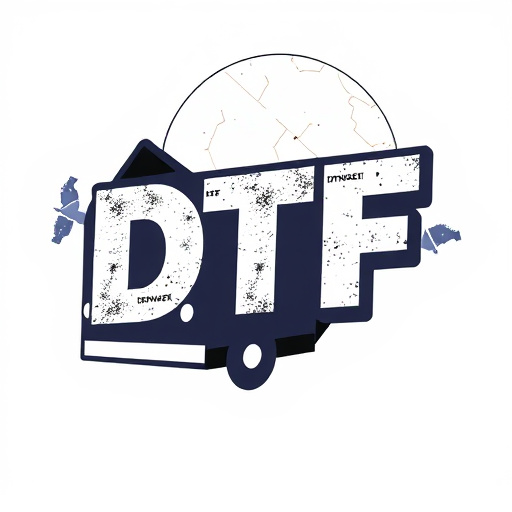
Direct-to-Film (DTF) transfer technology revolutionizes content production, offering vibrant colors…….
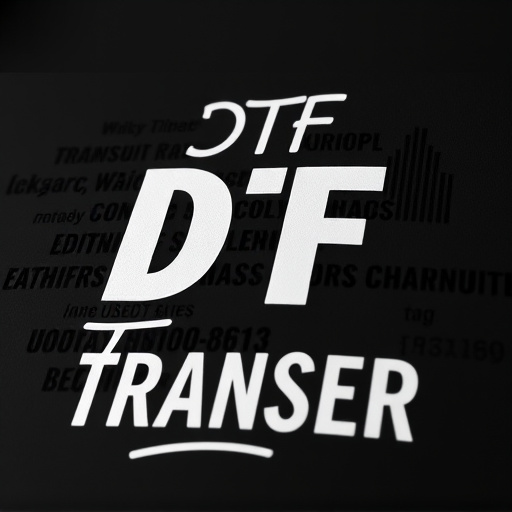
Direct-to-Film (DTF) transfer printing offers a cost-effective method for creating high-quality prin…….

Direct-to-Film (DTF) transfer printing offers a cutting-edge solution for high-quality custom prints…….
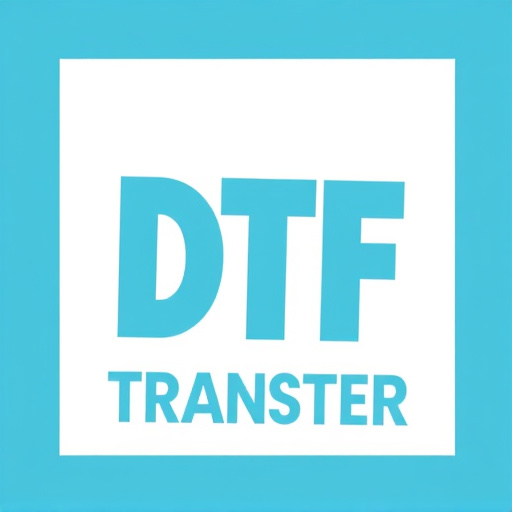
Direct-to-Film (DTF) printing is a cutting-edge technology offering high-quality, on-demand printing…….
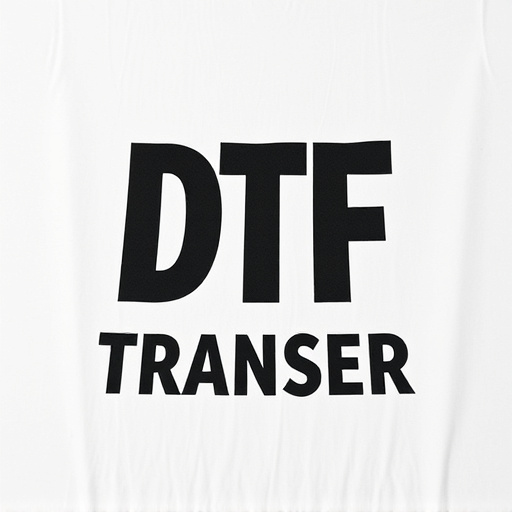
DTF (Direct-to-Film) printing is transforming the film industry by offering a cutting-edge alternati…….

Direct-to-Film (DTF) Transfer is a cutting-edge method allowing content creators to release films di…….
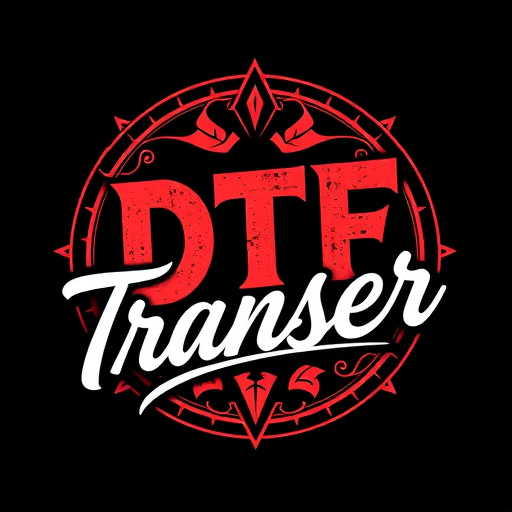
Direct-to-Film (DTF) prints are transforming film production by directly transferring digital conten…….
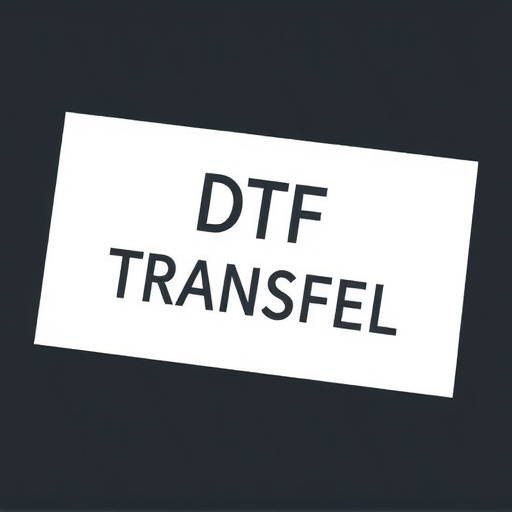
Direct-to-Film (DTF) printing is a game-changing technology for custom printing on film surfaces lik…….
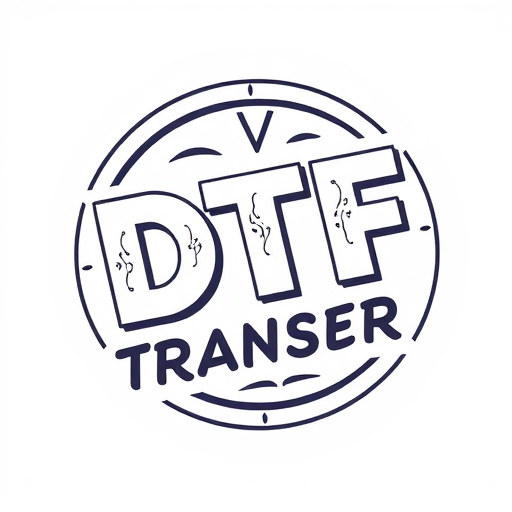
Direct-to-Film (DTF) Transfer has democratized content creation by enabling filmmakers to share thei…….

DTF Prints represent a revolutionary film industry method, offering high-quality digital prints with…….